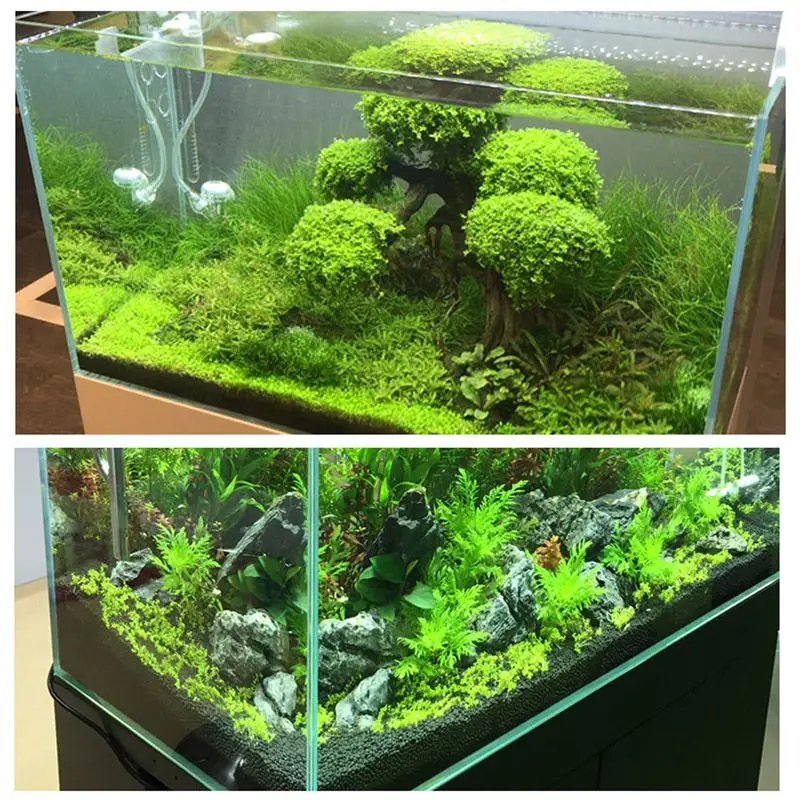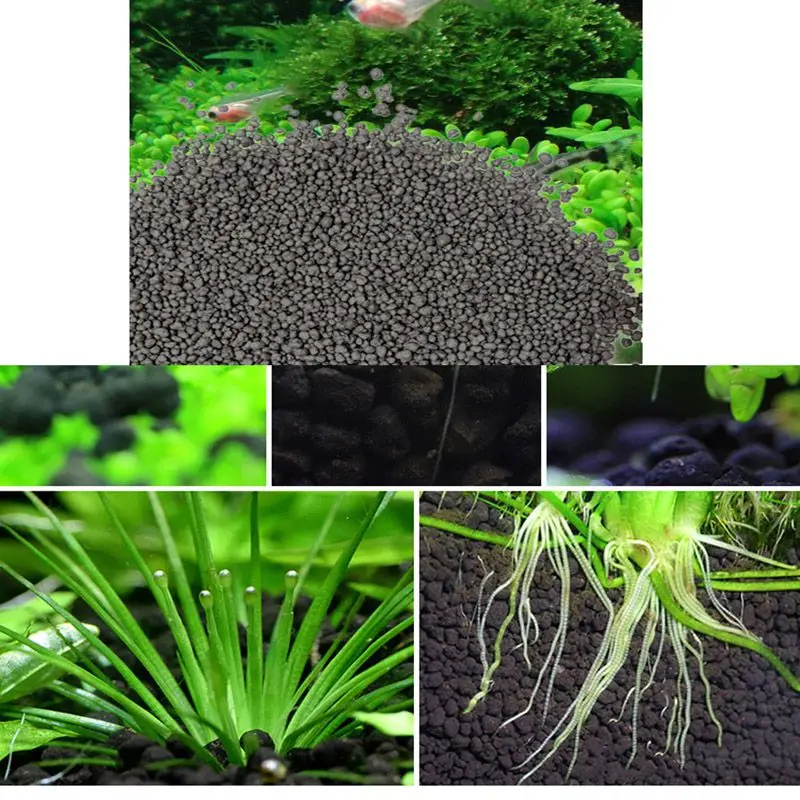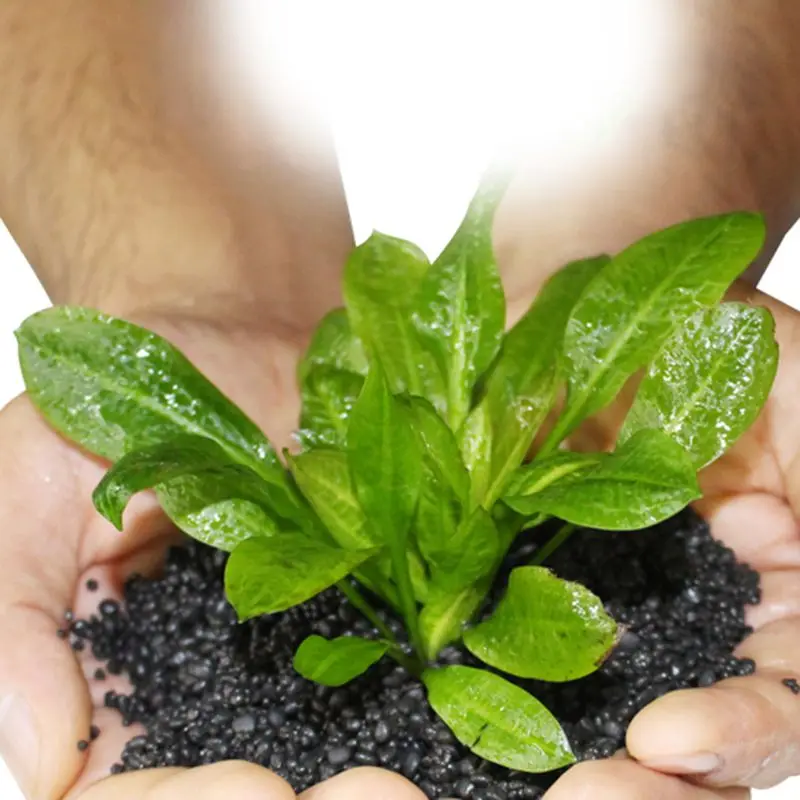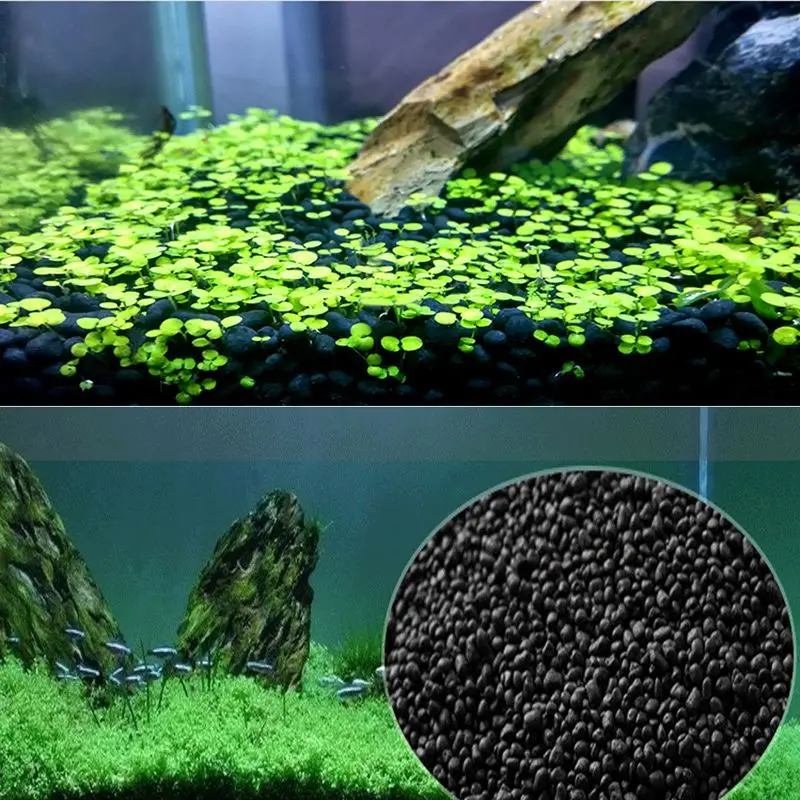Cleaning your aquarium is essential for maintaining a healthy environment for your fish. One of the most important components of aquarium care is cleaning the gravel. Gravel in a fish tank serves multiple purposes, such as providing a habitat for beneficial bacteria, enhancing aesthetics, and serving as a substrate for plant roots. However, over time, debris, uneaten food, fish waste, and other organic materials can accumulate in the gravel, leading to poor water quality and unhealthy aquatic life. This article will guide you through the process of cleaning gravel in your fish tank, ensuring a sparkling clean aquarium that supports the well-being of its inhabitants.
Understanding the Importance of Cleaning Gravel
Before diving into the specifics of how to clean gravel, it’s crucial to grasp why this task should never be overlooked. Gravel provides a home for beneficial bacteria that help break down harmful ammonia and nitrites produced by fish waste and decaying food. These bacteria play an essential role in maintaining the nitrogen cycle, vital for sustaining a healthy aquarium ecosystem. If gravel is not cleaned regularly, it can become a breeding ground for harmful anaerobic bacteria that produce toxic by-products, leading to deteriorating water quality.
The lack of adequate cleaning can also affect the water’s clarity and oxygen levels. Sediment buildup can decrease oxygen availability, resulting in stressed fish and plants. Additionally, dirty gravel can lead to algae blooms, which can further deplete oxygen and create a hazardous environment for your aquatic friends. Understanding these factors highlights the importance of a regular gravel cleaning routine, which not only ensures a visually appealing aquarium but also contributes to the overall health and longevity of its inhabitants.

Tools and Supplies You’ll Need
Before you start the cleaning process, it’s essential to gather the right tools and supplies. Having everything you need on hand will make your cleaning session more efficient and less messy. Here are the primary tools you will require:
- Gravel Vacuum or Siphon: This is the most critical tool for cleaning gravel. A gravel vacuum is designed specifically for removing debris without disturbing too much of the substrate. It comes in various sizes, making it suitable for different tank sizes.
- Bucket: Get a bucket that is dedicated solely for aquarium use to avoid contamination. An old bucket from household cleaning or gardening is often not suitable due to the residue of harsh chemicals.
- Algae Scraper: To prevent algae from overtaking your aquarium, an algae scraper will come in handy. This tool helps in cleaning the walls of your aquarium, allowing you to maintain clarity in your tank.
- Water Conditioner: Depending on the quality of your tap water, using a water conditioner might be necessary after cleaning. It helps neutralize harmful chemicals such as chlorine and chloramine.
- Net: A small fish net can be useful for removing larger debris, such as uneaten food or dead plants, before using the vacuum.
- Gloves: If you’re concerned about bacteria or the overall cleanliness, wearing gloves can protect your hands while cleaning.
- Siphon Hose: If you don’t have a gravel vacuum, a standard siphon hose can also work but may require extra care not to disturb the gravel too much.
Equipping yourself with the right tools will make the cleaning process much smoother and more effective, resulting in a happier and healthier aquarium.
The Cleaning Process: Step-by-Step Guide
Once you have gathered your tools and supplies, it’s time to get started with the cleaning process. Here’s a detailed step-by-step guide to help you clean gravel in your fish tank effectively.
Step 1: Prepare Your Aquarium
Begin by turning off all equipment such as filters, heaters, and lights. This not only makes the cleaning process more manageable but also protects your equipment from damage during water changes. If you have live plants, it may be worthwhile to temporarily remove them, especially if they would obstruct your cleaning efforts.
Use a net to remove any floating debris, such as dead plant matter or leftover food. Doing so will enable you to focus on the gravel itself without the distraction of extra particles floating in your tank. If you have larger debris, like rocks or ornaments, it can also be useful to remove these temporarily to clean around and beneath them thoroughly.
Step 2: Vacuum the Gravel
Grab your gravel vacuum or siphon and place it into the tank. Submerge the tube into the gravel, taking care to angle it downward slightly. This positioning allows you to suck up waste and organic matter nestled within the gravel while minimizing the amount of substrate that gets displaced into the water column.
A gentle pull of the vacuum will create a siphoning action, pulling water and debris into the vacuum’s collection area. Move systematically across the substrate, ensuring that you cover all parts of the gravel and paying extra attention to areas where waste tends to accumulate, such as corners and beneath decorations. If your tank is heavily populated, you might find that cleaning one section at a time can prevent disturbances from stressing your fish.
While vacuuming, aim to remove around 10-15% of the water, which is a good practice for regular maintenance. If it’s time for a water change, this is an excellent opportunity to accomplish both tasks simultaneously.

Step 3: Rinse and Replace Gravel
After you’ve vacuumed the gravel, you might want to rinse it separately, especially if you’re noticing a lot of residue. To do this, carefully remove some gravel (this optional step may require using new gravel only in cases where it has never been cleaned). Place it in a bucket and rinse it thoroughly under a gentle stream of water until the water runs clear.
Be cautious not to use soap or any chemical cleaners, as residues can be toxic to fish. Understand that cleaning gravel in an established aquarium comes with risks of disturbing your beneficial bacteria. Therefore, ensure that you handle this step with care—only do it if necessary and for smaller amounts of gravel at a time.
Advantages of Regular Gravel Cleaning
Regular gravel cleaning has numerous advantages that contribute to the overall health and aesthetics of your aquarium. First and foremost, maintaining clean gravel helps ensure the well-being of your fish. With less waste and organic matter trapped in the substrate, water quality significantly improves, reducing the risk of illness or stressors that could lead to fish fatalities.
Additionally, clean gravel enhances the appearance of your aquarium. Over time, dirt and debris can discolor gravel, making your tank appear murky and unattractive. When gravel clean regularly, it retains its vibrant colors, making your setup look lively and inviting, both to your fish and to anyone who views it.

Tips for Maintaining Clean Gravel
While regular gravel cleaning is essential, there are several preventive measures you can take to maintain cleanliness in your aquarium long-term. A few of these tips include:
Established Feeding Routine
Creating a routine feeding schedule can greatly reduce food waste. By feeding your fish only the amount they can consume within a few minutes, you can limit the leftovers that inevitably sink to the gravel.
Use Quality Filtration Systems
Investing in a powerful filtration system goes a long way in maintaining clean water and gravel. Good filtration will help remove large particles and organic matter, ensuring the load on your gravel cleaning minimize.
Regular Water Changes
Regular partial water changes (10-20% every week) not only help remove toxins but also dilute organic waste, preventing buildup in the gravel in Fish Tank.
Conclusion: Enjoying Your Sparkling Clean Aquarium
Cleaning gravel is a vital part of aquarium maintenance that contributes significantly to the health of your fish and the aesthetics of your setup. By understanding the importance of clean gravel in Fish Tank, equipping yourself with the right tools, and following a systematic cleaning process, you can keep your aquarium in top shape. Regular cleaning not only improves water quality but also enhances the overall beauty of your aquarium, making it a pleasant environment for both you and your aquatic pets.
By adhering to a routine, utilizing preventive measures, and employing good practices, you can enjoy a sparkling clean aquarium that serves as a lively habitat for your fish and a stunning focal point in your home. Taking the time to care for your aquarium will yield a thriving aquatic paradise that offers both joy and tranquility.










